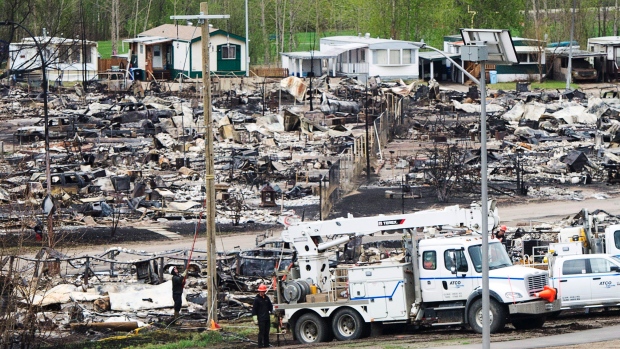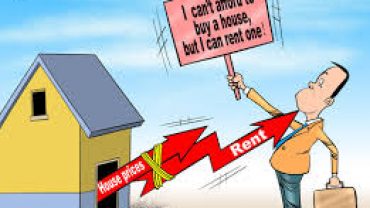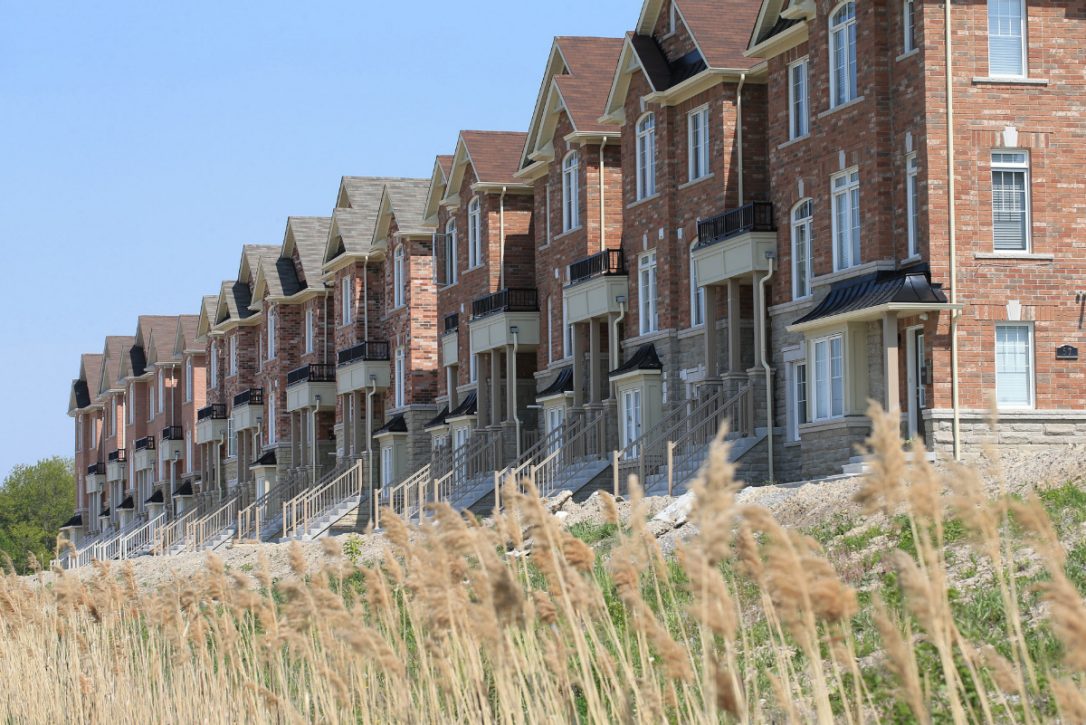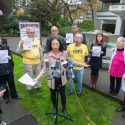CMHC: Fort McMurray To Experience Largest Home Building Boom In Decades
Canada’s federal housing agency predicted that Fort McMurray’s fire-destroyed housing market could possibly see the biggest building boom in decades as work commences on restoring numerous homes.
According to industry experts, however, the community may take several years before fully recovering.
Canada Mortgage and Housing Corp (CMHC), in a new report, stated that housing starts could rise up to 2,500 as huge efforts are being made to rebuild, only less than two months after wildfires burned through the country’s energy heartland in Alberta.
CMHC market analyst, Tim Gensey wrote, “This is expected to be the highest new home construction activity Fort McMurray has seen in 20 years,” adding that much of the reconstruction may not start until next year.
In May, a wildfire destroyed about 10 percent of the structures in Fort McMurray, amounting to an estimate of 2,400 buildings. Characterizing that figure, almost 1,800 homes destroyed were single-family homes, which were mainly centered in three of the community’s more established neighborhoods: Beacon Hill, Abasand, and Waterways.
The reconstruction plan may help in reversing the unfortunate events in Fort McMurray’s housing market, which had encountered a drop reflecting the drop in oil prices, starting in late 2014.
During the months leading to the fire, sales plummeted to half of the five-year average while average resale prices in the first quarter were down 17 percent from the same period two years before. 13 new residential units were under construction. The area’s rental vacancy rate had increased to almost 30 percent.
Most of the city’s rental stock was spared from the severe blaze. CMHC claims that it hopes returning homeowners will rent while they await their homes being rebuilt, if at all.
88,000 residents were forced to leave the community, almost two months after the wildfire occurred, with about 72,000 returning, according to Jordan Redshaw, public information officer for Regional Municipality of Wood Buffalo, which covers Fort McMurray.
Damages done to the underground infrastructure such as sewage systems have been repaired by municipal crews, including restoring water services to most neighborhoods. Those that were mostly affected by the fire have been adviced to remain under boil-water conditions and a moratorium on development until they are seen as safe by the province’s chief medical officer of health.
The huge effort to clean the neighborhoods with the most damage ended last week. So far, 600 homeowners have signed up for the service that was organized by groups and property insurers. The municipality expects that by the end of September, the most heavily affected areas will be cleared.
The Insurance Bureau of Canada perceives the wildfire to be the most expensive natural disaster in Canadian history, costing insurance companies over $3.5 billion. 23,000 claims have been made to insurers due to the fire, with most related to smoke and water damage.
About 12,000 fridges and freezers have been removed by crews to be degassed and destroyed. The cleanup on its own is an extensive exercise as many houses were damaged, leaving the crew having to destroy basements too.
Bill Adams, vice-president of the Western and Pacific region of the Insurance Bureau of Canada highlighted, “Literally, you’re taking it down to almost a greenfield site again and beginning to rebuild, in some instances, entire subdivisions.”
The Fort McMurray fire caused more havoc than the fire that swept through Slave Lake in 2011, destroying over 400 homes, which took more than a year to reconstruct.
Rebuilding in Fort McMurray is expected to be long and intricate. Recovery steps may slow down due to the economic downturn, as many home builders and construction workers had deserted the town before the fire, based on the opinion of Jim Rivait, chief executive of the Alberta office of the Canadian Home Builder’s Association.
He estimates capacity to build between 500 and 600 homes yearly.
“We’ve never seen this scale before, so you’re charting new territory all the way,” he said.
“Chaos” is what officials are trying to avoid as it occurred during the Slave Lake fires, where some homeowners suffered loss twice: Firstly, when they lost their homes to the fire and when the developers that were hired to rebuild their properties ran with their money, leaving unfinished homes and unpaid bills.
Alberta has asked eligible builders in Fort McMurray to register and provide extensive information regarding their history and finances. Seven builders, so far, have registered, based on the government’s website.





